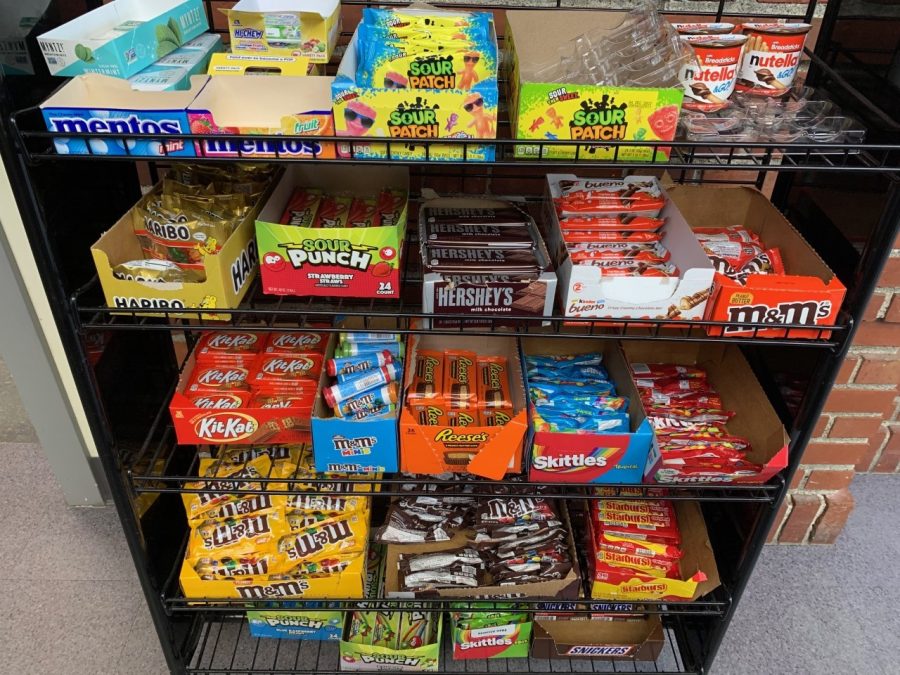Is the USDA Coming for Your Cookies?
“Okay, so first I’d take the hot chocolate, then crumble the cookies, and then dip a spoonful of vanilla ice cream into the hot chocolate,” a freshman confesses with a wicked smile growing across his lips. Though he claims to no longer indulge in sweet concoctions like this, USDA regulations aiming to reduce sugar and sodium content in school meals means they may become a thing of the past entirely.
Agriculture Secretary Tom Vilsack introduced these suggested changes to nutritional requirements, citing the department’s commitment to “keeping kids healthy and helping them reach their full potential.” Vilsack emphasized that for many students, the school breakfast and lunch is the healthiest meal they receive all day. Changes would be implemented over multiple years, aiming to wean hungry school children off their salty and sugary diets without inciting a revolt. The proposal would gradually limit sodium levels by 10% by the fall of 2025 and require added sugar to account for less than 10% of total calories by fall of 2027. There would be further restrictions on flavored milk and non-whole grain foods.
Fortunately for some, Lakeside’s status as a private school means it doesn’t need to follow these guidelines. Nevertheless, Lakeside still goes above and beyond the USDA requirements, especially when it comes to sugar and sodium content. “This is one area in which [we] really excel in beating the standards,” Chef Resnick says. “We make 99% of our meals from scratch.” He lists chicken, beef, and vegetable stocks and salad dressing and vinaigrettes, for example. “It cuts out the need for preservation ingredients which are mainly salt and sugar,” he says. “We shoot for under 0.8 grams of sodium per entree, but again, it depends on the entrée. For sugar, we shoot for less than two grams per entrée.”
While Lakeside is already outperforming the requirements, this was not always the case. “When I arrived 12 years ago [in 2010] the food service department was maybe producing only 40-50% of its main entrées and baked goods from scratch,” Chef Resnick recalled. “A lot of items were premade and frozen which contained high levels of sodium, fat, and sugars. We implemented better methods of purchasing fresh ingredients, making relationships with our vendors to know where our food comes from, and started making everything from scratch that we could.” After hiring Head Baker Pamela Olson two years ago, the baking program now makes 100% of its products from scratch; before, 10% were premade.
As encouraging as the USDA proposed measures sound, they come at a time when junk food is still a staple in American diets, with one in five calories consumed by children coming from unhealthy foods, unchanged since 2001 even as school meal regulations have become more rigorous. Perhaps there’s a missing ingredient in this plan to make students eat healthier.
The candy provided at the end of the day at the Upper School and some of the chips are prime examples. When it comes to these options, Chef Resnick believes that “as an independent school…the student body and community should have the right to choose some of the things that are offered for snacks even if they are not as healthy as they should be. If we continue to provide such snack foods after school we will always provide a healthy, nutritious alternative.” Though counterintuitive, keeping these unhealthy foods in the cafeteria may be best for the development of students, acting as both snacks and lessons. Perhaps choice is the missing ingredient here. With this right to choose certain options for the cafeteria, there also comes responsibility; in these cases, it is the job of the students, not the adults, to choose wisely and healthily for themselves.

